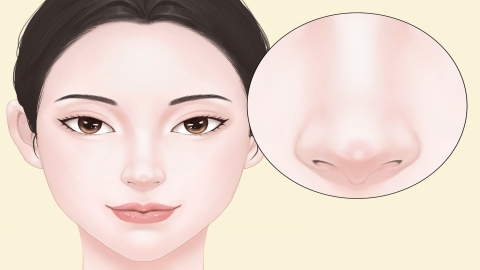Where is the incision made for rhinoplasty?
Generally, the incision site for rhinoplasty mainly depends on the method and specific surgical plan. Common incision sites include the columella, the inner side of the nostrils, and the edge of the alar rim. Rhinoplasty involves implanting prosthetics, autologous cartilage, or injecting fillers into the nose to alter the nasal bone and soft tissue framework, thereby increasing nasal height and improving the nasal contour. The general reference price for rhinoplasty is 3000-8000 yuan per session, with visible improvement typically seen 1-3 months post-surgery, although symptoms such as redness, swelling, and pain may occur. Detailed analysis is as follows:

The columellar incision is usually used for comprehensive rhinoplasty and is located at the junction of the lower and middle one-third of the columella. This incision allows surgeons convenient access to manipulate multiple areas such as the nasal tip and dorsum, enabling better adjustment of the overall nasal shape and implantation of prosthetics or cartilage. The postoperative scar is relatively inconspicuous and has minimal impact on appearance after healing.
An incision on the inner side of the nostril is commonly used for simple rhinoplasty. The incision is made on the outer side of one or both nostril edges, allowing the implant to be inserted beneath the nasal dorsum fascia. This incision is well-concealed and difficult to detect after healing.
An incision along the alar rim is rarely used alone. It may be made during auxiliary procedures such as alar base reduction, allowing direct adjustment and repair of the alar tissue.
It is recommended to visit a formal hospital and undergo these procedures under the guidance of qualified physicians to ensure surgical safety and reliability. Postoperatively, maintain cleanliness and dryness of the incision site, gently wipe the surrounding area with normal saline or medical alcohol as scheduled, and avoid getting the wound wet to prevent infection.




